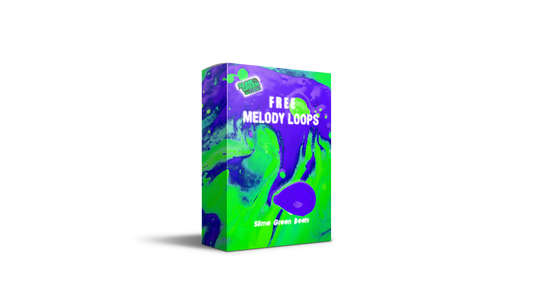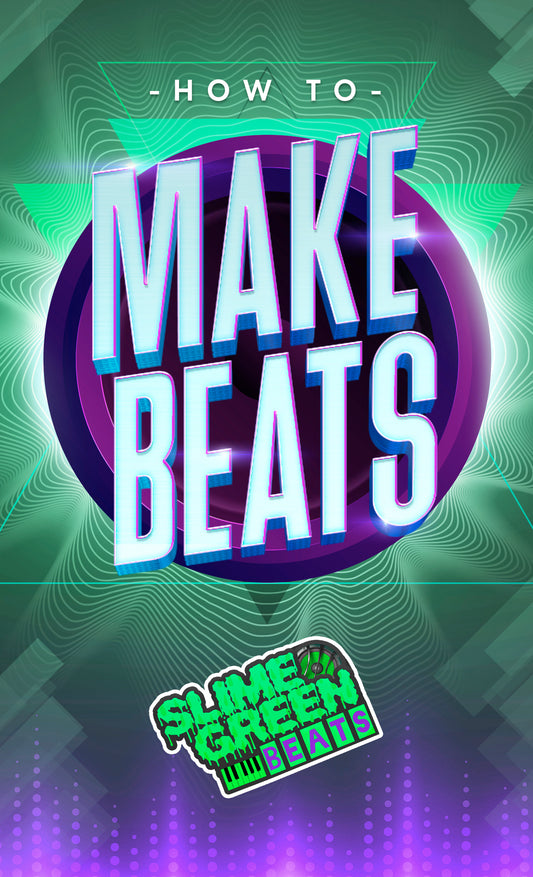Music production has evolved greatly with the advancement of technology, and one of the most important tools for music producers is the MIDI controller. MIDI controllers are hardware devices used to send MIDI data to a computer or other electronic instrument, allowing the user to control various aspects of music production.
In this article, we will discuss the tips and tricks for using MIDI controllers in music production, including the benefits of using a MIDI controller, how to set it up, and some tips to get the most out of your MIDI controller.
Benefits of using a MIDI controller
One of the main benefits of using a MIDI controller is the ability to create music that is more expressive and nuanced. With a MIDI controller, you can manipulate sounds and parameters in real-time, allowing for more dynamic and organic performances. This is especially true for instruments like keyboards and drum pads, which allow for more natural and intuitive playing than clicking with a mouse or typing on a keyboard.
MIDI controllers also allow for greater control over software instruments and effects. With a MIDI controller, you can adjust parameters like volume, pan, and EQ in real-time, giving you more control over the mix and allowing for more creative experimentation.
Setting up your MIDI controller
Setting up a MIDI controller is relatively straightforward, but there are a few things to keep in mind to ensure everything runs smoothly. First, make sure your controller is compatible with your music production software. Most controllers will work with popular DAWs like Ableton Live, Logic Pro, and FL Studio, but it's always a good idea to check the manufacturer's website for compatibility information.
Next, connect your controller to your computer or other device using a USB cable or MIDI cable. Once your controller is connected, you may need to configure your software to recognize the controller. This usually involves going into your software's preferences or settings and selecting the controller as your input device.
Tips for using a MIDI controller
Now that you've set up your MIDI controller, let's look at some tips for using it effectively in music production.
-
Experiment with different controllers: There are many different types of MIDI controllers available, from keyboards and drum pads to faders and knobs. Experiment with different types of controllers to find the ones that work best for you and your music.
-
Use mapping software: Many MIDI controllers come with software that allows you to map different parameters to different controls on the controller. This can be a great way to customize your setup and make it more efficient.
-
Practice playing: If you're using a keyboard or drum pad, practice playing as you would with a traditional instrument. This will help you develop a more natural and expressive playing style.
-
Use automation: Automation is a powerful tool in music production, and a MIDI controller can make it much easier to record and manipulate automation data. Use your controller to record automation for parameters like volume, pan, and effects.
-
Get creative: Finally, don't be afraid to experiment and get creative with your MIDI controller. Try using it in unconventional ways or mapping parameters to unexpected controls to create unique and interesting sounds.
Conclusion
MIDI controllers are an essential tool for modern music production, allowing for greater expressiveness, control, and creativity. By following these tips and tricks, you can get the most out of your MIDI controller and take your music production to the next level. So, go ahead and experiment with your MIDI controller and see what you can come up with!








